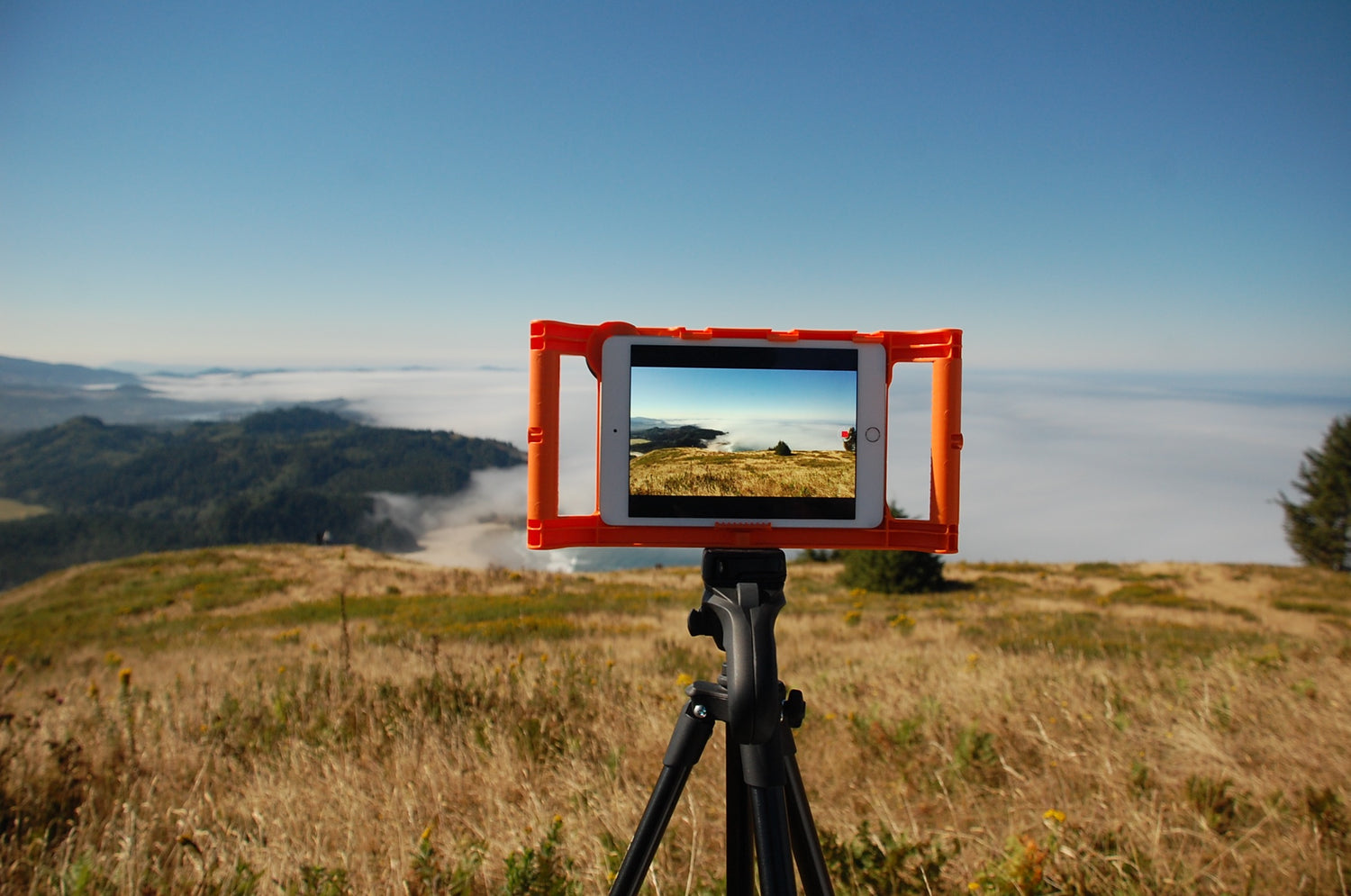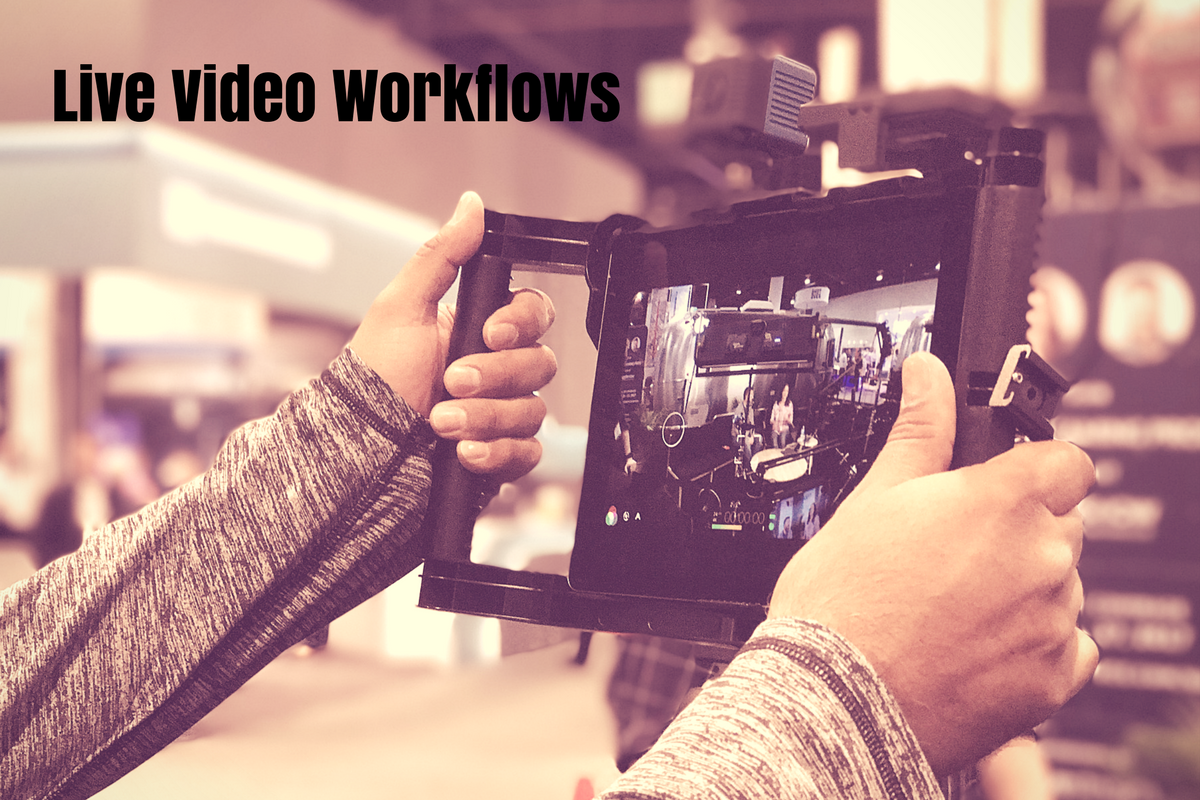We were lucky enough to have one of our team members, Stephanie, travel to Oregon to capture some of the excitement of the Great American Total Solar Eclipse. Keep reading to hear about her experience and watch the time-lapse video she was able to create!
I had been planning for this trip since October of 2017, and I was extremely determined to experience the awe of totality. I had been taking a class in college that was focused on solar eclipses, where I was able to learn a great deal about why total eclipses are so unique. This total eclipse, was the first total solar eclipse to cross the entire continental United States in the last 99 years. Starting in Oregon, and continuing on to South Carolina, about 12 million people live within the 70 mile wide path of totality. Then, there are the millions of people that traveled to the path to experience totality.

Those who were able to travel be in the cross country path experienced totality, where for a period of time the moon was able to completely cover the sun. Up until this point you must wear protective eyewear, but once totality hits it is safe to look at the eclipse since the sun’s light is completely covered. As the sun is slowly covered, the sky gets darker and darker, and eventually it will feel like night.
This transition in the sky’s lighting is what fascinated me the most, and I was able to capture a time-lapse of this process. I was able to hike up to Cascade Head which sits right on the coast of Oregon south of Neskowin. I was nervous about the coastal morning fog, but luckily the peak of Cascade Head sits above the fog layer. It was quite a breathtaking view.

I set up my iPad Mini 4, iOgrapher, wide angle lens, and tripod, to lookout over the cliffside with the beach on the right side of the screen and the inland valley to the left. The partial phase of the eclipse began at 9:04AM PDT, and totality hit at 10:16AM PDT. Totality lasted for 1m 36s, but it could have been as long as 2m 40s depending on where you were located along the path of totality. I later edited the time-lapse to extend the duration of the totality portion of the video, otherwise it could have been missed with the blink of an eye.

I decided to record the change in lighting as opposed to the actual eclipse, because to me that was the more fascinating part. To record or photograph the actual eclipse, it would take professional equipment and time away from actually enjoying the eclipse. I left that for the professionals, set up my iOgrapher to record my surroundings, and enjoyed the show. Watch the final product below!




Leave a comment
This site is protected by hCaptcha and the hCaptcha Privacy Policy and Terms of Service apply.